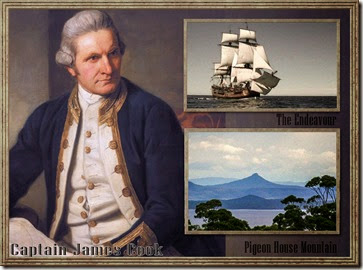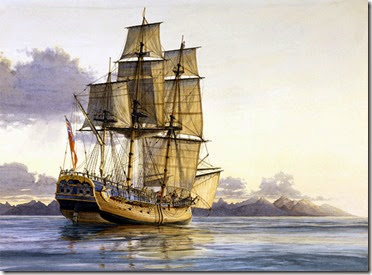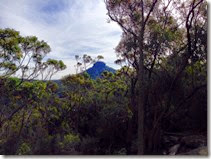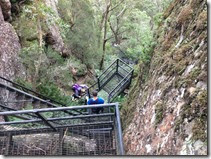 On this day April 21st. 1770
On this day April 21st. 1770
”I saw a remarkable peaked hill which resembles a square dove house with a dome on top and for that reason I named it
“ Pigeon House "
I'm sure everyone who has travelled the Shoalhaven has seen this distinctive mountain jutting from the landscape behind Ulladulla.
It was first described and named by Captain James Cook aboard the Endeavour in 1797.
Pigeon House Mountain (Aboriginal: Didthul - Didthul, a word meaning "woman's breast",
is a mountain at an elevation of 720 metres (2,360 ft) situated in the Budawang Range that is situated within the Morton National Park.
Many people incorrectly assume that Pigeon House Mountain/Didthul is a volcanic plug; in fact it is sedimentary in origin, laid down in a marine environment during the Permian age, 260mya when Australia was close to Antarctica.

April 25th 1770
Cook sighted Jervis Bay aboard the HMS Endeavour on 25 April 1770 (two days after Saint George's Day) and he named the southern headland Cape St George.
Once Cook had found the East Coast of Australia he was searching for a safe place to send a boat ashore, but the wind and coastal terrain hampered his efforts as he travelled north. He named and passed Cape St George and on April 25th he recorded the entrance to Jervis Bay but Cook couldn’t enter the bay as the wind was still unfavorable.
He named Point Perpendicular, Long Point and also named Red Point “as some part of it appeared that colour” he went on with his search for a landing place along the coast.
A quote from Captain Cook
"I had the ambition to not only go farther than man had
gone before, but to go as far as it was possible to go."
Cook was the first to map the coastline of eastern Australia, New Zealand and many islands of the Pacific. He sailed further south than any explorer before him.
REF:
jamescookjournal.blogspot.com.au/2013_04_01_archive.html



No comments :
Post a Comment